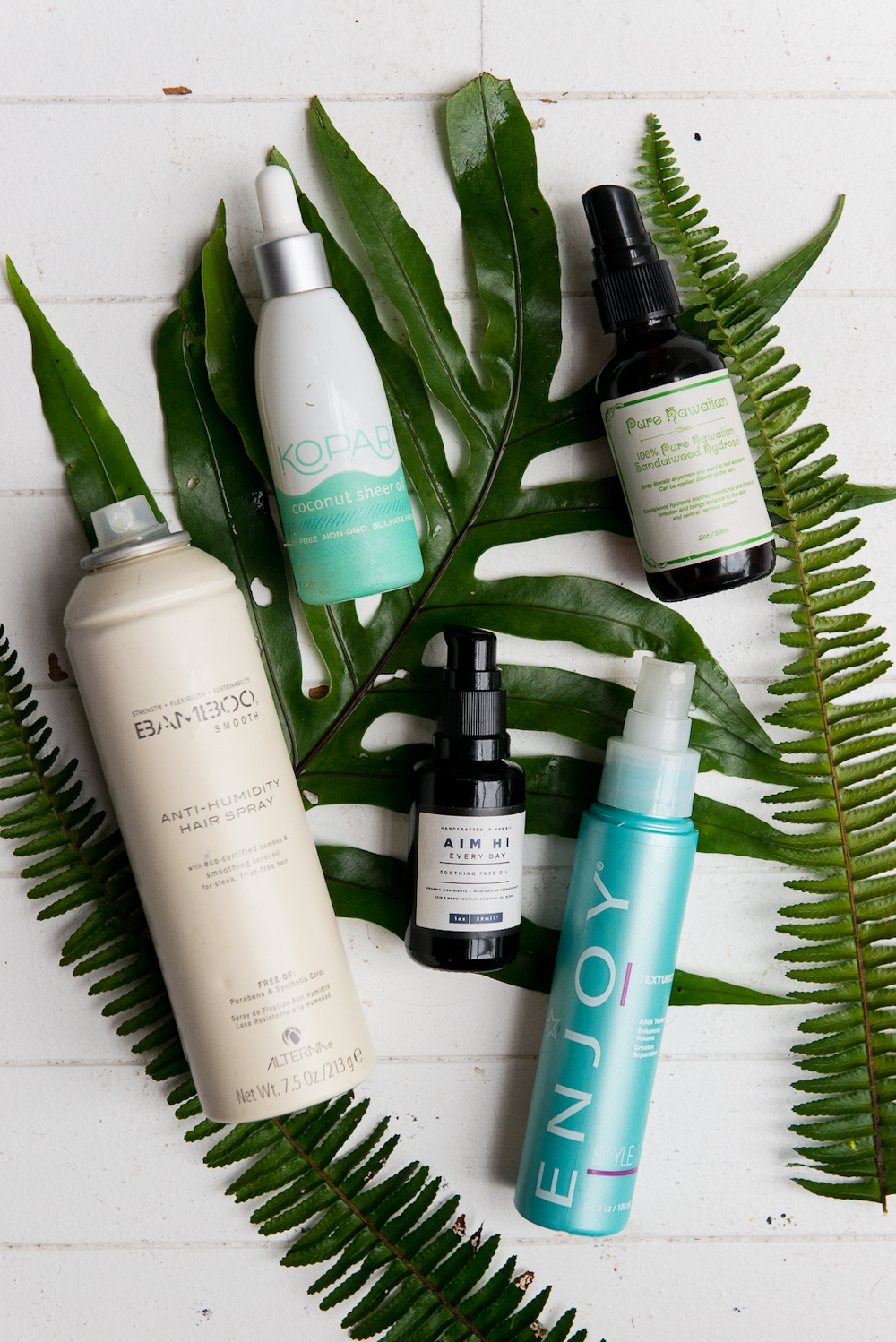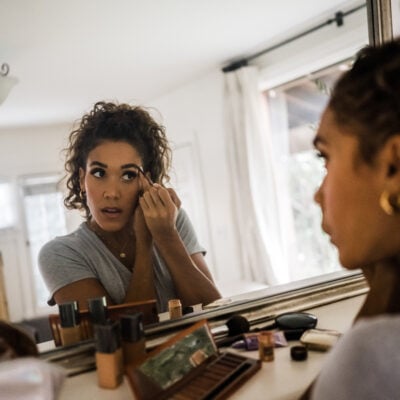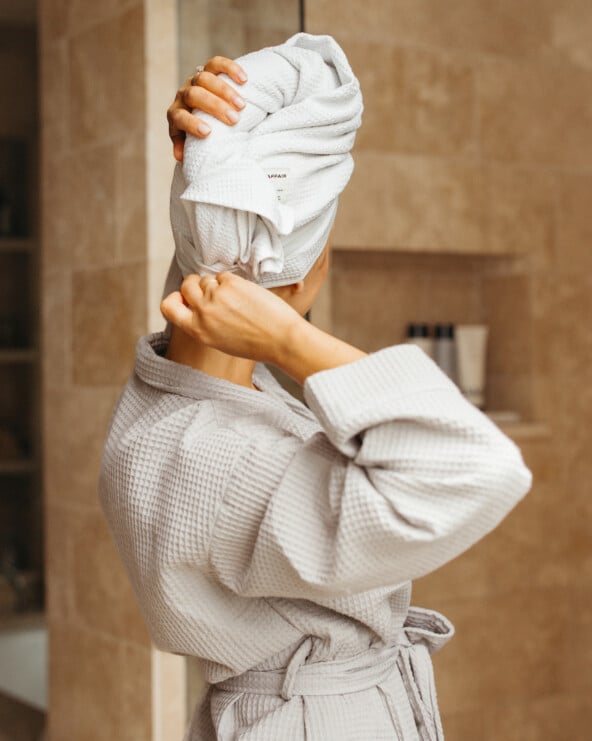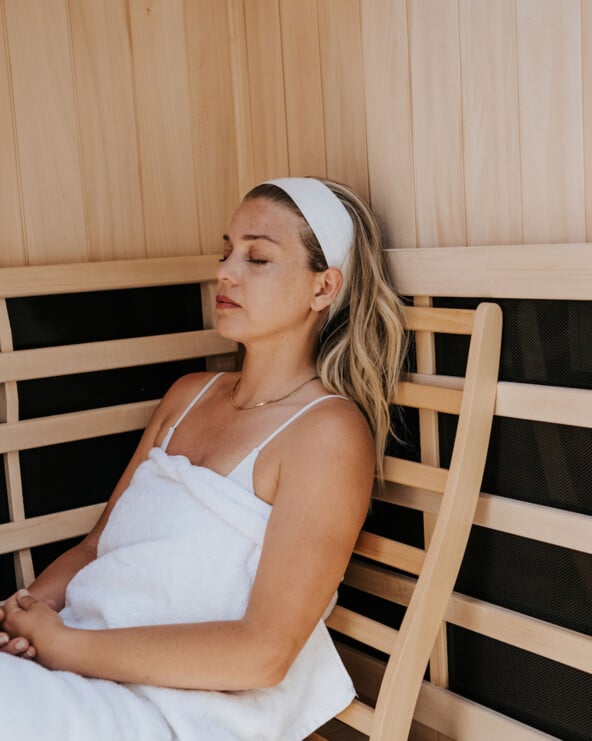Raise your hand if you’ve ever stood in the skin care aisle and been paralyzed because you had no idea if what you were buying was really as “natural” as a label said. Glad I’m not alone. Time and again, I’ve heard my friends, mom, sister, and basically all of the internet say that they struggle to tell if a product is actually clean, all-natural, or organic.
I know that I can sit down and do the research before I buy a product, but who wants to spend an hour decoding an ingredient list full of names you’ve never heard before?
Since I was totally over being confused about which products were safe to use, I hit up the co-founder of beauty retailer Credo, Annie Jackson, to find the answers to all my questions about clean beauty, natural products, and how concerned I should really be.
What Does “Clean” Really Mean?
One of the main issues I’ve run into while shopping for beauty products is not knowing what it really means for a product to be “clean”. The short answer? Clean is not a standard in beauty, but a label that varies from brand to brand. Credo breaks down what the term clean means to them on their website, but you’ll have to make your own determinations about which products are safe to use.
Unfortunately there is no legal definition for the terms natural, organic, or clean. This lack of a formal labeling structure allows brands and retailers to label their products as they’d like.
When it comes to telling if an ingredient is “natural”, a good rule of thumb is to know that, “natural ingredients come from natural sources, meaning they can be found in nature.”
Which brings me to one of the most important steps you need to take when shopping for beauty products.
 image by urban outfitters
image by urban outfitters
Know How to Read an Ingredients Label
Let’s be honest, reading the back of a cosmetic label is like reading a foreign language most of the time. Why does it have to be so darn confusing? Well, you can thank the International Nomenclature of Cosmetic Ingredients (INCI) for that. INCI is a system of names for ingredients listed on the package of personal care products. Brands following INCI guidelines properly will use the scientific name of an agreement (usually in Latin) as part of an effort to standardize ingredient names.
Generally next to the Latin names should be an English translation in parenthesis. Looking for the English names of the ingredients listed should help you better understand the ingredient list of a given product. But, take caution against only reading the latin names, “most people read a natural ingredient label and have a reaction and freak out because they see something like, Butyrospermum Parkii and say, ‘I thought this was natural!’ and really it is just the INCI term for Shea Butter.”
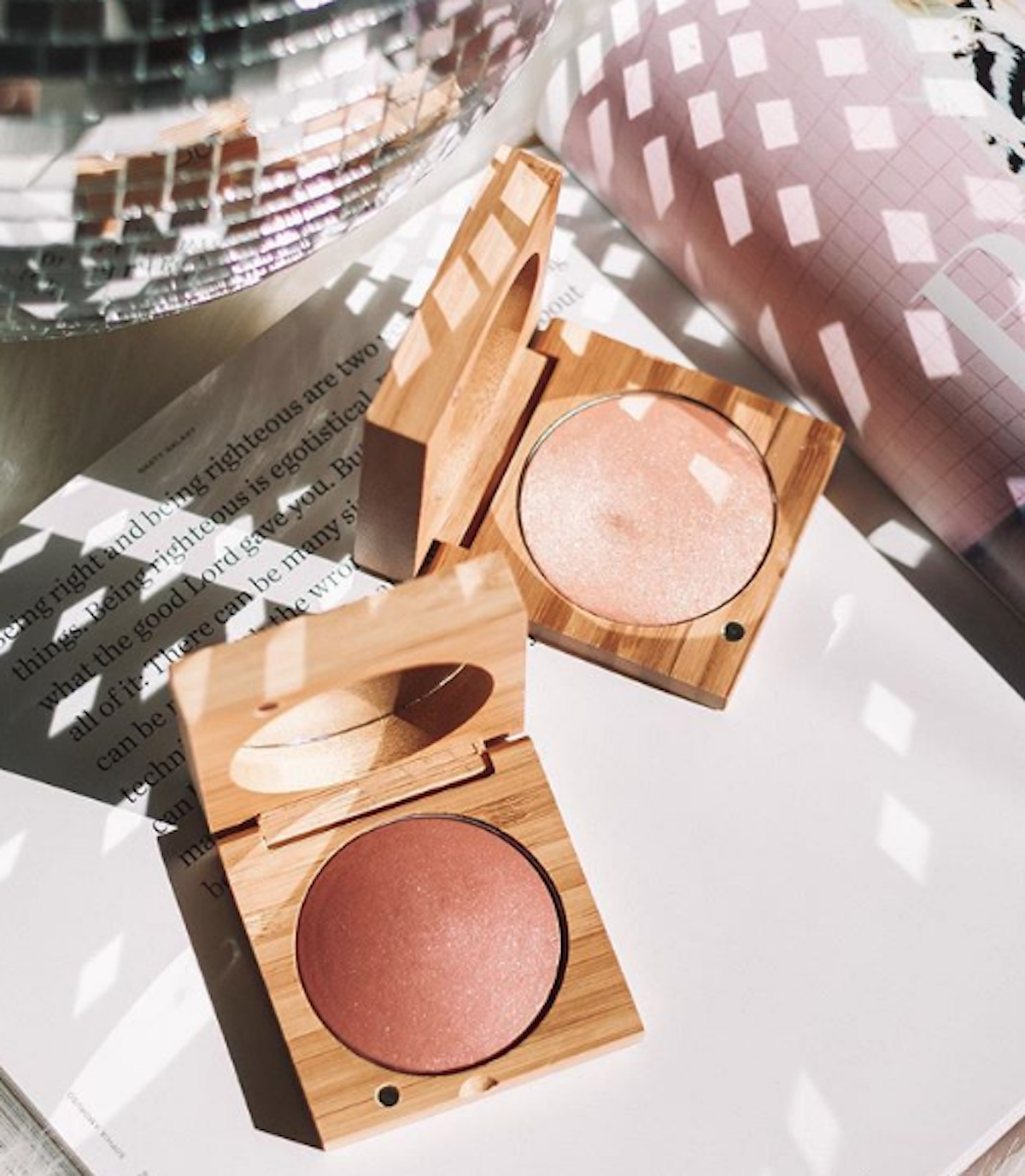 image by organic bunny
image by organic bunny
Is Non-Natural Always Bad?
Turns out, natural is not always good and non-natural is not always bad. (ie. arsenic can be much worse for you than some synthetic ingredients.)
Plus, there are ingredients that can be found in nature and also created in a lab with the same properties. An example is N-acetyl glucosamine: “This ingredient can be made in a lab, and this ingredient can also be found naturally from the outer shells of shellfish. But this is a really effective skin replenishing ingredient that can be effective in skin brightening and help to even skin tone.”
Again, reading labels and learning about the ingredients is key if you’re trying to find the safest products.
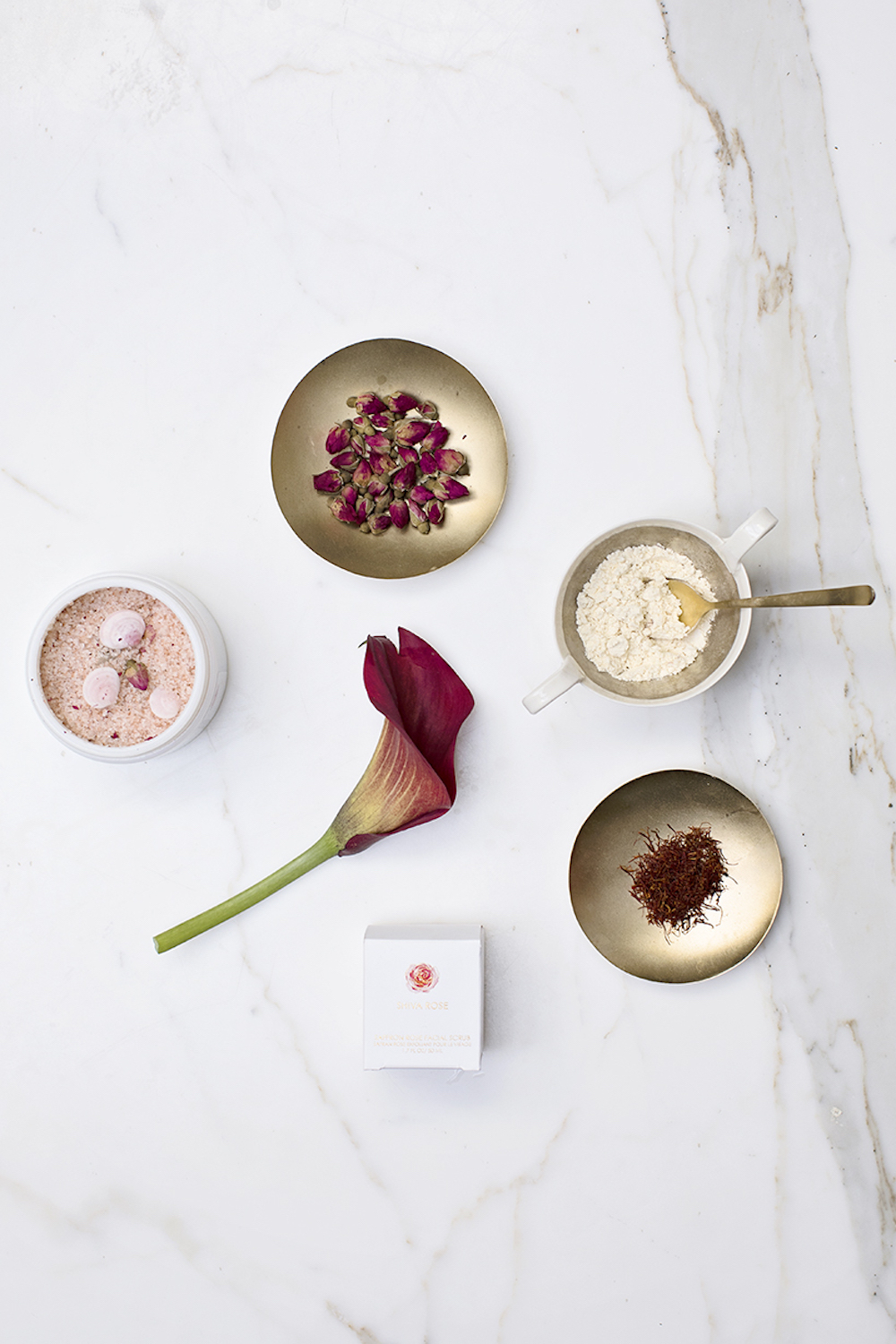
image by kimberly genevieve
What Animal Lovers Need to Know
As someone who is committed to a vegan lifestyle (which includes only using vegan beauty products), I was also curious about Annie’s thoughts on vegan cruelty-free products. She explained that for a product to be vegan, it must not contain any animal by-products. Cruelty-free is a term that refers to animal testing. If you’re looking to only use products that are cruelty-free, she gave a quick tip for learning if a brand tests on animals. According to Annie, “brands that sell in China must undergo animal testing, so that is an easy way to determine if a brand is cruelty free or not.”
Many beauty products will have clear labels that state if they are tested on animals or not, but that is not always the case.
My go-to is to review the FAQ section of a brand’s website before I buy from them. They’ll usually address if their products don’t test on animals, and if they don’t mention anything about their policies, I take that as a bad sign.
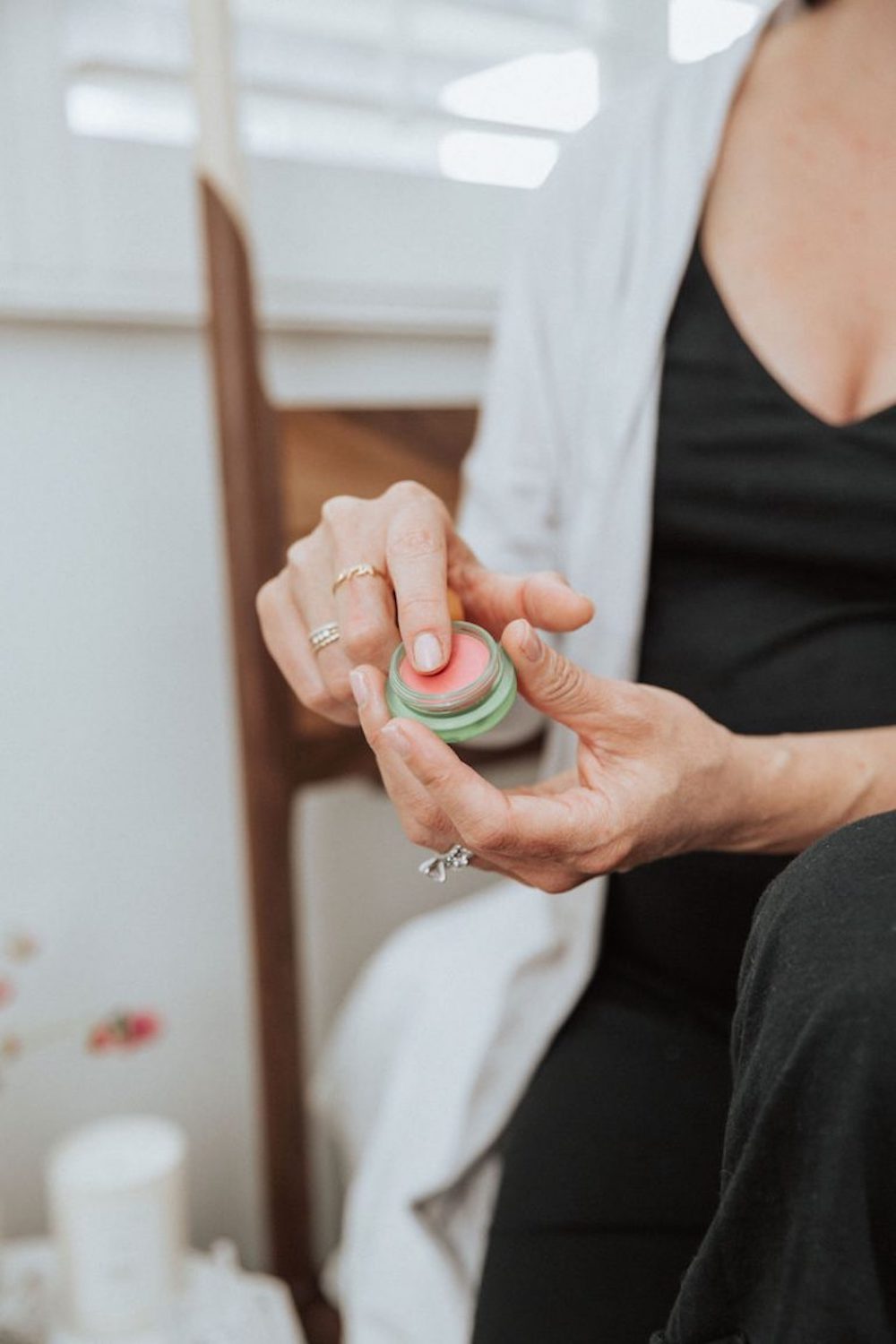 image by claire huntsberger
image by claire huntsberger
Shop Our Favorite Clean Beauty Products
Hair and Nails:
Skincare:
Makeup:
Body:


